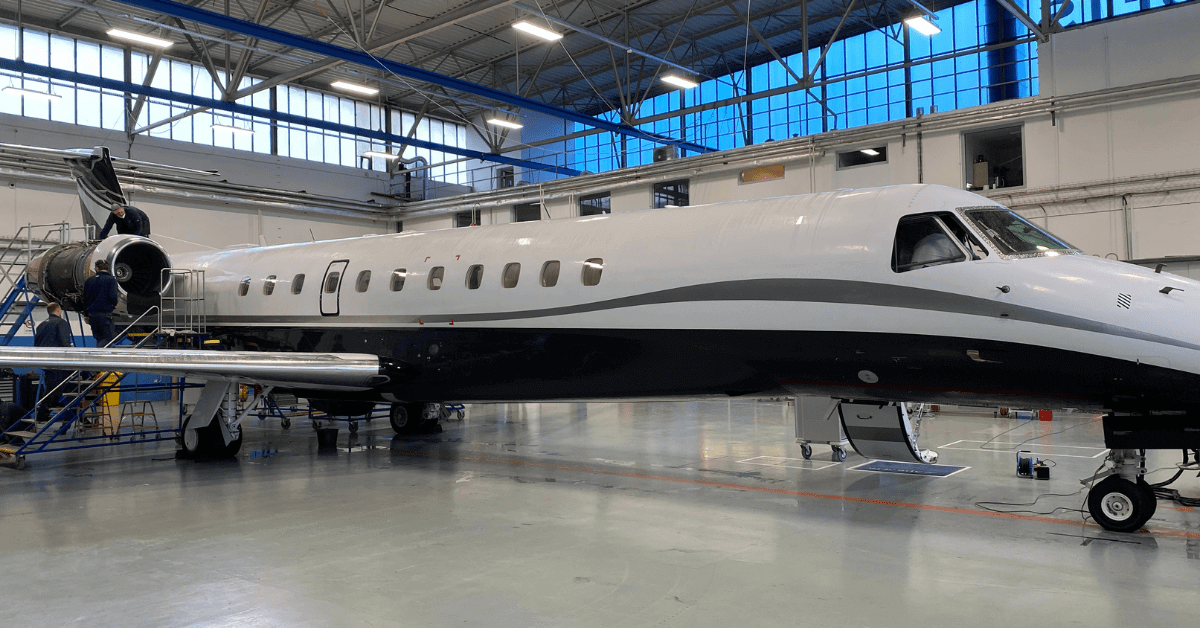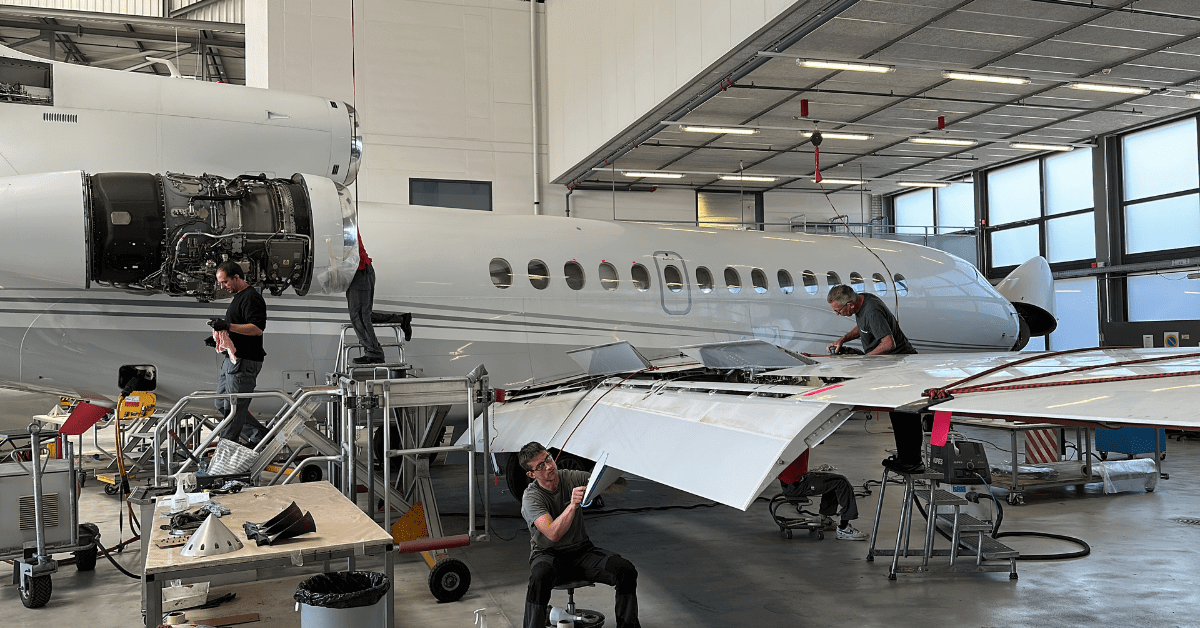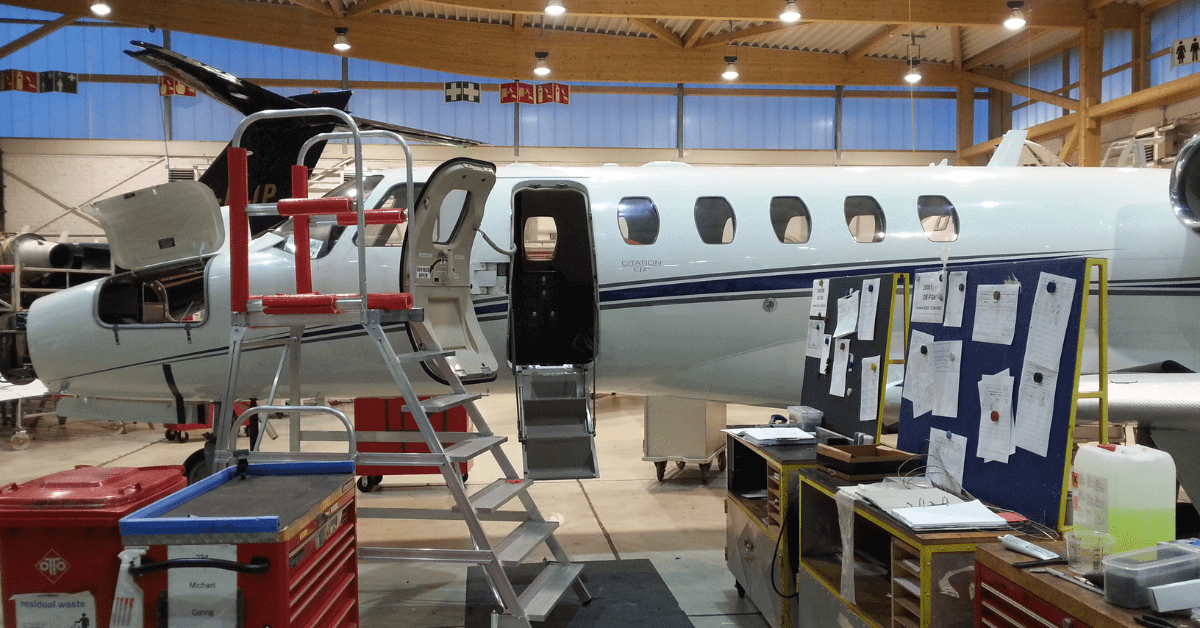Pre-Purchase Inspection as necessary part of jet buying process
A Pre-Purchase Inspection can uncover previously unknown issues that might impact the value or safety of the jet, and can eventually save you money in the long-run.
If you’ve been pondering buying a business jet you’ve probably given it some serious thought. Especially since buying one is a serious endeavor not to be taken lightly. You have a lot of factors you need to consider – am I the sole user? Will I be renting it out? Will I use it for business purposes only or for personal travel too? After you’ve answered all these questions, you’ll probably move to choosing the best business aircraft for your use-case with a suitable configuration which was produced by a reputable manufacturer.
Once all these things have been settled and you’ve made your choice of airplane you can start with the purchase process. Usually, your best bet is to go with a reliable business jet brokerage company, such as Jetron, that has its own team of experts that can make the whole process a bit less tedious. The purchasing process itself has a lot of steps and can often be quite time consuming. One of the most important steps, that you should focus on is the Pre-Purchase Inspection or PPI for short.

What is a Pre-Purchase Inspection?
It is exactly what it sounds like - it’s an in-depth Pre-Purchase or Pre-Buy Inspection of the aircraft that you’re considering buying. Let’s delve into a bit more detail. The point of the whole Pre-Purchase Inspectionis for you, the buyer, to uncover any hidden or unknown problems before you purchase the said airplane, lest you step into a minefield of problems that will lie heavy on your wallet later. The Pre-Purchase Inspectionwill evaluate the current state of the jet. That includes:
· any pre-existing problems or issues the jet may have,
· previous damage or incidents the jet incurred and how the damage was fixed,
· inspecting any common or repetitive maintenance problems related to the jet,
· meeting airworthiness directives,
· maintenance records meeting the governing body requirements.
While you may think that the goal is to get a “clean bill of health” for the jet, that will rarely happen, and some discrepancies will almost always be found. The aim of the inspection is to provide you with a clear image of the jet’s state, its value, safety, and reliability and give you an idea of the real costs associated with clearing up the discrepancies.

How does a Pre-Purchase Inspection work?
There isn’t a one-size fits all Pre-Purchase Inspection, each individual inspection facility will have its own system of doing things and each transaction will be individually set up as well. The process may also vary depending on the type and age of the aircraft that is going to be inspected. The more modern the business jet, the more complex the systems and technology used and the more thorough the inspection needs to be. Meanwhile an older jet, which isn’t as complex won’t require as thorough an inspection. However, in both cases you shouldn’t take the pre-purchase inspections lightly.
When choosing a maintenance facility that will conduct the Pre-Purchase Inspection, it is in your best interest to agree with the seller on an independent facility. This is important because you want to get an impartial assessment of the state of the jet. You also need to have an understanding with the seller about what the check will involve and define the specific scope of the inspection. Again, in case you are not familiar with the process or do not have a thorough understanding of it you should refer to experts in the field that will help you through it and choose the best level of inspection based on your needs.

Once the Pre-Purchase Inspection starts it can take several days up to a few weeks for the inspector to go through the whole process – depending on the scope of the PPI. The process will usually involve conducting a thorough physical inspection of the airframe checking for any signs of corrosion, reviewing of the aviation logbooks, an airworthiness flight test, and testing out the systems and components including the avionics. Once the expert has finished the whole check, you’ll get a detailed evaluation report. You can check out the Aircraft Owners and Pilots Association to get a better idea of what an aircraft condition checklist usually includes.
Pre-Purchase Inspection in summary
While a PPI may prolong the sale (depending on its scope) it is an essential part of the buying process that should always be included. As the buyer, you’re usually keen on having everything looked at so that you are aware of what you’re buying, however, a long Pre-Purchase Inspection might not sit well with the seller, especially since a sale isn’t guaranteed. You can therefore expect some negotiations to take place until you reach acceptable terms on both sides. One thing to keep in mind is that airplanes are incredibly complex machines, and as we mentioned before, there will be probably some parts that will require maintenance. However, that doesn’t mean that if some parts need to be replaced or repaired during the PPI that the airplane is bad.
If you require assistance with acquiring a suitable plane you can rely on our team of experts to help you run through the whole process smoothly.




_white.png)
